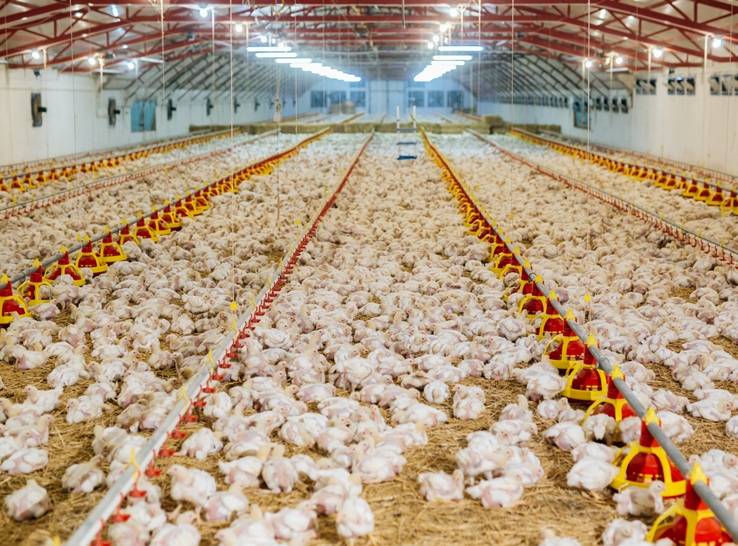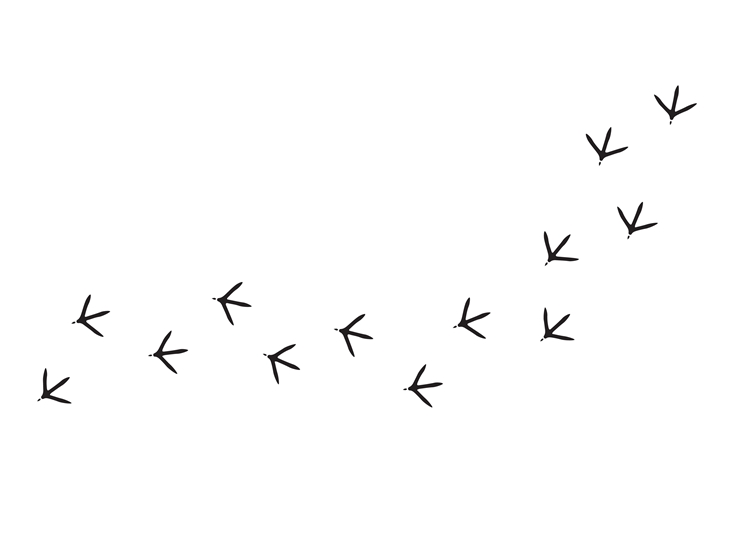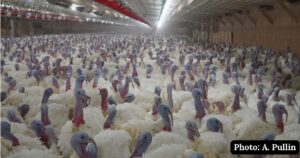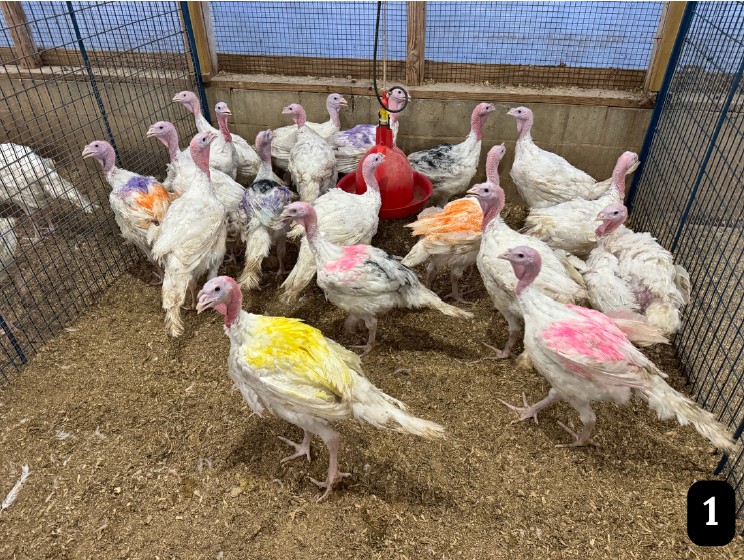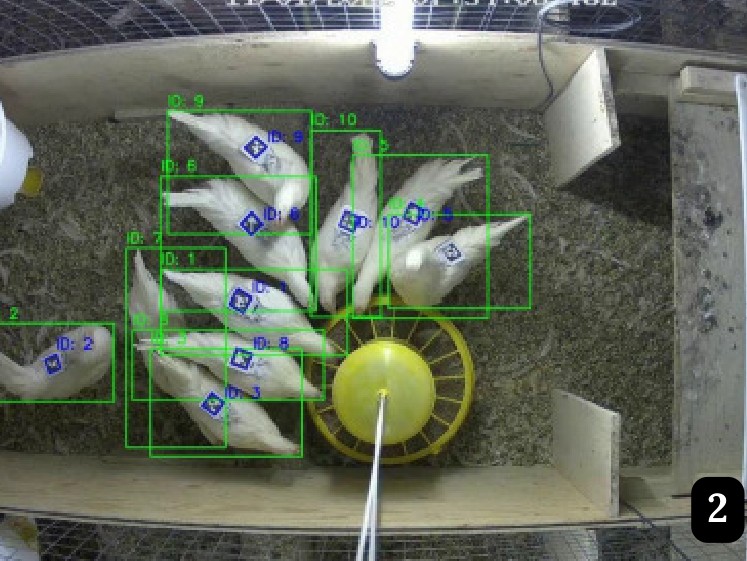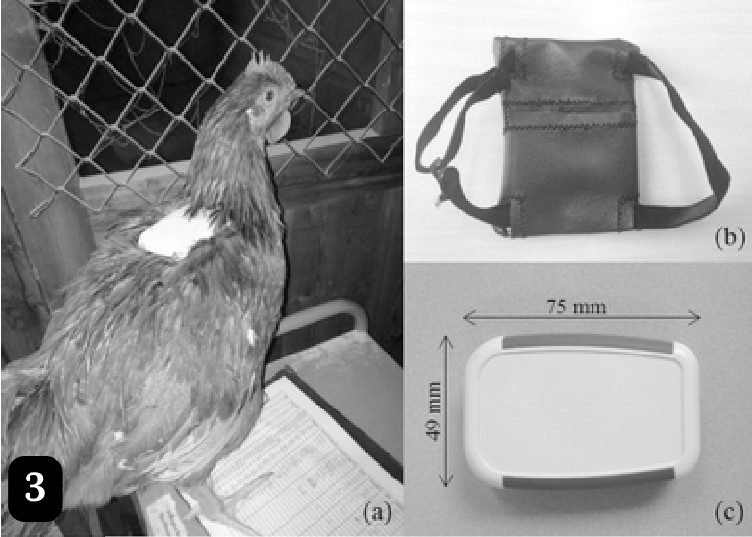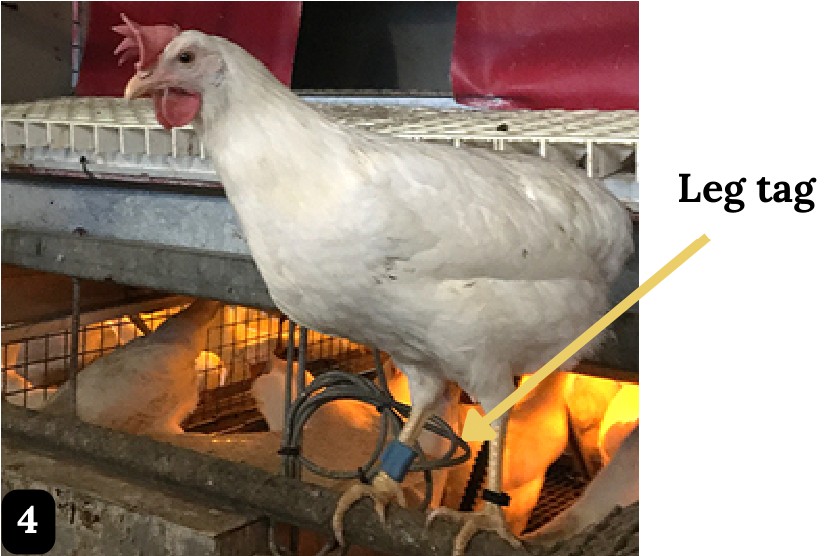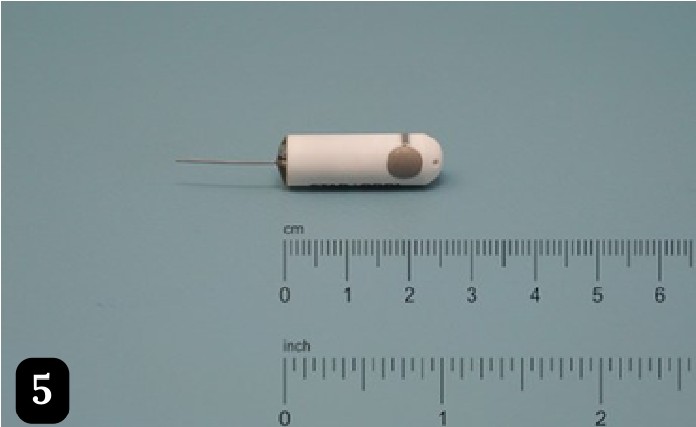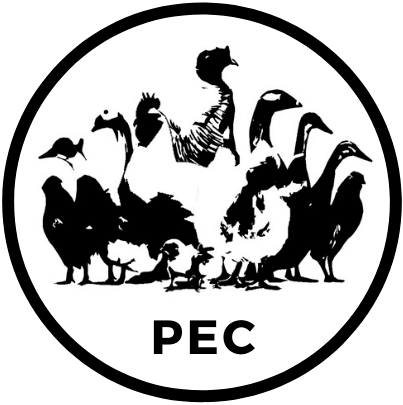By Allison Pullin, PhD, North Carolina State University
Poultry management often focuses on flock-level data – e.g., livability, egg production, water use, etc. – or individual bird data that is inferred from averages across the flock – e.g., average daily gain, estimated feed intake/bird, average body weight, etc. Other livestock industries have implemented individual animal identification methods, such as ear tags or wearable technology, to provide individualized care and make genetic decisions. In poultry, it may not be economically or logistically feasible to implement individual identification for all birds in a flock due to larger group sizes, shorter life spans, and lower economic value per animal compared to other livestock industries. Nevertheless, tracking a portion of individual animals in research and commercial poultry flocks offers insight to improve management practices and animal welfare.
This article describes the benefits individual tracking provides, the methods for tracking individuals, and the opportunities and limitations for these methods.
Benefits of individual tracking
Early detection of compromised health
Connecting injuries or illness with individual bird behavior identifies behavioral indicators of health issues. For example, individual laying hens with keel bone fractures make fewer vertical transitions in a cage-free aviary and spend more time on the highest tier of an aviary (Rentsch et al., 2019; Rufener et al., 2019).
Genetic selection
Selecting individuals that carry valued genetic traits to reproduce for future generations can improve welfare outcomes. For example, broilers selected for leg health traits led to a reduction in bone deformities over generations (Kapell et al., 2012; Siegel et al., 2019) and some strains of laying hens have calmer temperaments for cage-free production (Gulabrai et al., 2025).
Dive deeper into abnormal behaviors within a flock
Identifying the individuals that display abnormal behaviors within a flock allows researchers to evaluate underlying mechanisms that may contribute, such as biomarkers from the brain, gut, or blood. Feather pecking is an example of a complex abnormal behavior. High feather pecking individuals differ in their gut microbiota, serotonin receptors, and other markers compared to low feather pecking individuals (reviewed by Brunberg et al., 2016).
Evaluate resource use
Evaluating the time of day, frequencies, and durations of resource use by individual birds provides insight to the preferences of individuals. When assessed as a flock average, 36.7% of broilers were determined to use outdoor range in the summer (Taylor et al., 2017a). However, when assessed at the individual level, 87.3% of broilers access the range at least once in the summer (Taylor et al., 2017b). It is not always the same individuals making up the 36.7% of birds on the range, and range access is used by the vast majority of individuals in a flock. Another example is precision feeding for individual birds, where feeders for broiler breeders weigh the bird upon entry and match the nutrient supply with the individual’s nutrient requirements to optimize body weight (Zuidhof, 2020).
Personality traits (also known as coping style)
Animal personality is defined as consistent individual differences in behavior that are stable across time and contexts. Studying personality requires longitudinally tracking individuals over time and collecting multiple behavior metrics, such as how personality may influence laying hen range use or how consistent fear responses are for turkeys across different types of fear tests (Campbell et al., 2016; Erasmus and Swanson, 2014).
Methods for tracking individuals
| Technology | How it works | Pros | Cons |
| Color Marking | Livestock marker or non-toxic paint applied to feathers for visual ID
|
– Inexpensive Readily visible to people
|
– Can cause pecking between flock mates if suddenly exposed at older ages
|
| Computer Vision | Cameras & Artificial Intelligence (AI) algorithms identify and track birds by their appearance and behaviors
|
– Non-invasive – Continuous monitoring |
– Accuracy can decline as flock size increases – Validation often needed for each context its used in (not plug and play) |
| RFID Tags | Birds wear RFID tags, as leg or wing bands, that are scanned by readers in the environment
|
– Minimally invasive – Validated in numerous studies |
– Only tracks birds if they are scanned by readers
|
| Accelerometers | Birds wear activity sensors, often in a backpack, that measure movements and activity
|
– Detailed movement data, distinguish different behaviors
|
– Backpacks may cause discomfort – Device batteries need to be charged/replaced |
| GPS Trackers | Birds wear Global Positioning System (GPS) tracker, often as a backpack, that determines its location in an environment
|
– Specific spatial data – Quantify distance traveled |
– Backpacks may cause discomfort – Device batteries need to be charged/replaced |
| Heart Rate Monitors | Monitors may be implanted or electrocardiogram patches worn by birds to measure heart rate and heart rate variability (HRV)
|
– Physiological stress indicator – Affective state state indicator with long-term HRV analysis |
– Invasive – some require surgery to implant |
| Temperature Sensors | Sensors are typically implanted to measure core
|
– Physiological stress indicator
|
– Invasive – requires surgery to implant
|
Color marking
Computer vision
Wearable backpacks (accelerometers, GPS trackers)
RFID tags and readers
Heart rate and temperature sensors
Photo Credits: 1) A. Pullin, 2) van Putten et al., 2025; 3) Stadig et al., 2018; 4) Gebhardt-Henrich et al., 2023; 5) Star Oddi
Summary
- Tracking individual animals in poultry flocks offers opportunities to improve welfare at the individual level, such as health monitoring, genetic selection, evaluating resource use, and delving deeper into bird’s abnormal behaviors and personalities.
- There are a variety of methods available, such as coloring feathers, using artificial intelligence, or placing sensors onto the birds.
- Each method offers pros and cons, pending your topic of interest and available resources.
- The chosen method should be implemented in a way that does not compromise bird behavior and welfare (e.g., discomfort from wearable technologies, pain from implants, becoming a pecking target for flock mates due to novel colors or equipment). Steps should be taken to customize materials and weight of wearable technologies to be suitable to the size and shape of the bird, to minimize pain during surgical procedures, or to habituate the flock to novelty (e.g., use colors on day-old chicks/poults and maintain them throughout the flock life cycle).
- The chosen method should also provide valid, reliable data. Currently available technologies are rarely plug and play in any context, so conducting initial validation research is critical to reduce the likelihood of false positives or false negatives.
References/Additional reading
Brunberg, E.I., Rodenburg, T.B., Rydhmer, L., Kjaer, J.B., Jensen, P., &Keeling, L.J. 2016. Omnivores going astray: A review and new synthesis of abnormal behavior in pigs and laying hens. Frontiers of Veterinary Science 3:57. https://doi.org/10.3389/fvets.2016.00057.
Campbell, D.L.M., Hinch, G.N., Downing, J.A., & Lee, C. 2016. Fear and coping styles of outdoor-preferring, moderate-outdoor and indoor-preferring free-range laying hens. Applied Animal Behaviour Science 185:73-77. https://doi.org/10.1016/j.applanim.2016.09.004.
Erasmus, M. & Swanson, J. 2014. Temperamental turkeys: Reliability of behavioural responses to four tests of fear. Applied Animal Behaviour Science 157:100-108. https://doi.org/10.1016/j.applanim.2014.05.007.
Gebhardt-Henrich, S.G., Kashev, A., Petelle, M.B., & Toscano, M.J. 2023. Validation of a Radio frequency identification system for tracking location of laying hens in a quasi-commercial aviary system. Peer Community Journal 3:e89. https://doi.org/10.24072/pcjournal.324.
Gulabrai, B.P., Kiess, A.S., Anderson, K.E., Pullin, A.N. 2025. The influence of genetic strain on fear and anxiety responses of laying hens housed in a cage-free environment. Poultry Science 104:105201. https://doi.org/10.1016/j.psj.2025.105201.
Kapell, D.N.R.G., Hill, W.G., Neeteson, A.-M., McAdam, J., Koerhuis, A.N.M., Avendaño, S. 2012. Twenty-five years of selection for improved leg health in purebred broiler lines and underlying genetic parameters. Poultry Science 91:3032-3043. https://doi.org/10.3382/ps.2012-02578.
Rentsch, A.K., Rufener, C.B., Spadavecchia, C., Stratmann, A., & Toscano, M.J. 2019. Laying hen’s mobility is impaired by keel bone fractures and does not improve with paracetamol treatment. Applied Animal Behaviour Science 216:19-25. https://doi.org/10.1016/j.applanim.2019.04.015.
Rufener, C., Abreu, Y., Asher, L., Berezowski, J.A., Sousa, F.M., Stratmann, A., & Toscano, M.J. 2019. Keel bone fractures are associated with individual mobility of laying hens in an aviary system. Applied Animal Behaviour Science 217:48-56. https://doi.org/10.1016/j.applanim.2019.05.007.
Siegel, P.B., Barger, K., Siewerdt, F. 2019. Limb health in broiler breeding: History using genetics to improve welfare. Journal of Applied Poultry Research 28:785-790. https://doi.org/10.3382/japr/pfz052.
Stadig, L.M., Rodenburg, T.B., Ampe, B., Reubens, B., & Tuyttens, F.A.M. 2018. An automated positioning system for monitoring chickens’ location: Effects of wearing a backpack on behaviour, leg health and production. Applied Animal Behaviour Science 198:83-88. https://doi.org/10.1016/j.applanim.2017.09.016.
Taylor, P. S., Hemsworth, P. H., Groves, P. J., Gebhardt-Henrich, S. G., & Rault, J.-L. 2017a. Ranging behaviour of commercial free-range broiler chickens 1: Factors related to flock variability. Animals 7:54. https://doi.org/10.3390/ani7070054.
Taylor, P. S., Hemsworth, P. H., Groves, P. J., Gebhardt-Henrich, S. G., & Rault, J.-L. 2017b. Ranging behaviour of commercial free-range broiler chickens 2: Individual variation. Animals 7:55. https://doi.org/10.3390/ani7070055.
van Putten, A., Giersberg, M.F., & Rodenburg, T.B. 2025. Tracking laying hens with ArUco marker backpacks. Smart Agricultural Technology 10:100703. https://doi.org/10.1016/j.atech.2024.100703. Zuidhof, M.J. 2020. Precision livestock feeding: matching nutrient supply with nutrient requirements of individual animals. Journal of Applied Poultry Research 29:11-14. https://doi.org/10.1016/j.japr.2019.12.009.
To view all issues of Poultry Press, click here.
Editor’s note: Content on Modern Poultry’s Industry Insights pages is provided and/or commissioned by our sponsors, who assume full responsibility for its accuracy and compliance.

